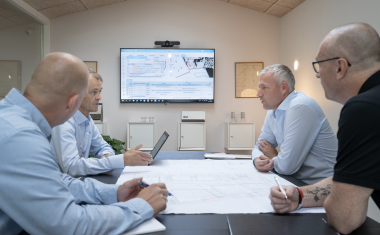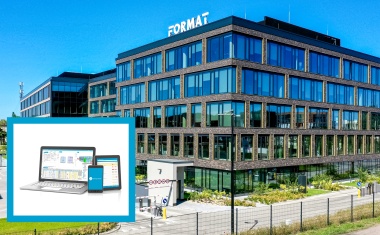When Brunelleschi built his famous dome on Florence cathedral, he had to design his own scaffolding. He built lifts for moving materials above ground level. He created airborne kitchens, so workers needn’t descend all the way just to eat lunch. Plug-and-play building technologies have improved since the 1400s. Yet a surprising amount of any project is still administered manually, in a way Brunelleschi might have recognized. A disruptive, digital revolution is imminent. Every building project demands coordination of vast amounts of information. Realizing a vision from brain to bricks and mortar depends on marshalling it successfully. For architects and engineers, building owners and contractors, digitization is here to help — and to stay. Building Information Modeling, or BIM, sits at the heart of a project.


























